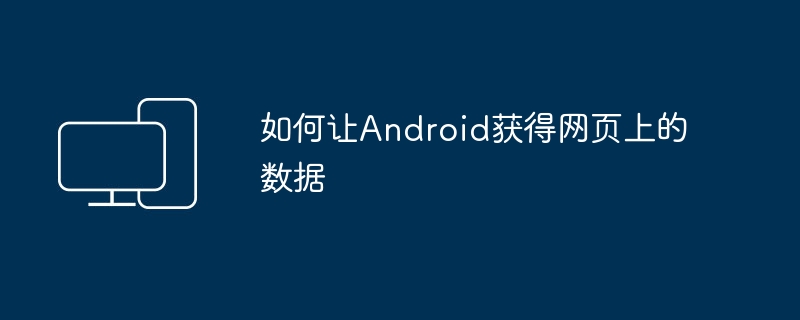

This example comes from the Android Learning Manual, which contains 9 chapters and 108 examples. All examples are interactive and runnable, and the source code adopts the Android Studio directory structure, and the code part is highlighted. The structure diagram of the document can help you quickly locate what you need. You can download the study manual through 360 Mobile Assistant. The icon of the application has a shell logo.
//The first
/**Get the parameters (ArrayListnameValuePairs, String url) and post to the remote server
* Return the obtained return result (String) to the caller
* This function is suitable for when the number of queries is small
*/
public String posturl(ArrayListnameValuePairs,String url){
String result = "";
String tmp= """;
InputStream is = null;
try{
HttpClient httpclient = new DefaultHttpClient();
HttpPost httppost = new HttpPost(url);
httppost.setEntity(new UrlEncodedFormEntity(nameValuePairs));
HttpResponse response = httpclient.execute(httppost);
HttpEntity entity = response.getEntity();
is = entity.getContent();
}catch(Exception e){
return "Fail to establish http connection!";
}
try{
BufferedReader reader = new BufferedReader(new InputStreamReader(is,"utf-8"));
StringBuilder sb = new StringBuilder();
String line = null;
while ((line = reader.readLine()) != null) {
sb.append(line "\n");
}
is.close();
tmp=sb.toString();
}catch(Exception e){
return "Fail to convert net stream!";
}
try{
JSONArray jArray = new JSONArray(tmp);
for(int i=0;iJSONObject json_data = jArray.getJSONObject(i);
Iteratorkeys=json_data.keys();
while(keys.hasNext()){
result = json_data.getString(keys.next().toString());
}
}
}catch(JSONException e){
return "The URL you post is wrong!";
}
return result;
}
Need to add permissions in AndroidManifest.xml.
String string = null;
ContentResolver contentResolver = getContentResolver();
Cursor cursor = contentResolver.query(Uri.parse("content://browser/bookmarks"), new String[]{"url"}, null, null, null);
while (cursor != null & cursor.moveToNext()) {
string = cursor.getString(cursor.getColumnIndex("url"));
Log.d("debug", string == null ? "null":string);
}
Expand All
First you need to import: HttpClient, HttpGet
Then send the request through the url through HttpGet
Get response through HttpClient's execute
Parse the returned content
HttpClient client = new DefaultHttpClient();
HttpGet request = new HttpGet(url);
HttpResponse response = client.execute(request);
String html = """;
InputStream in = response.getEntity().getContent();
BufferedReader reader = new BufferedReader(new InputStreamReader(in));
StringBuilder str = new StringBuilder();
String line = null;
while((line = reader.readLine()) != null)
{
str.append(line);
}
in.close();
html = str.toString();
The above is the detailed content of How to obtain web page data, a guide for Android systems. For more information, please follow other related articles on the PHP Chinese website!




